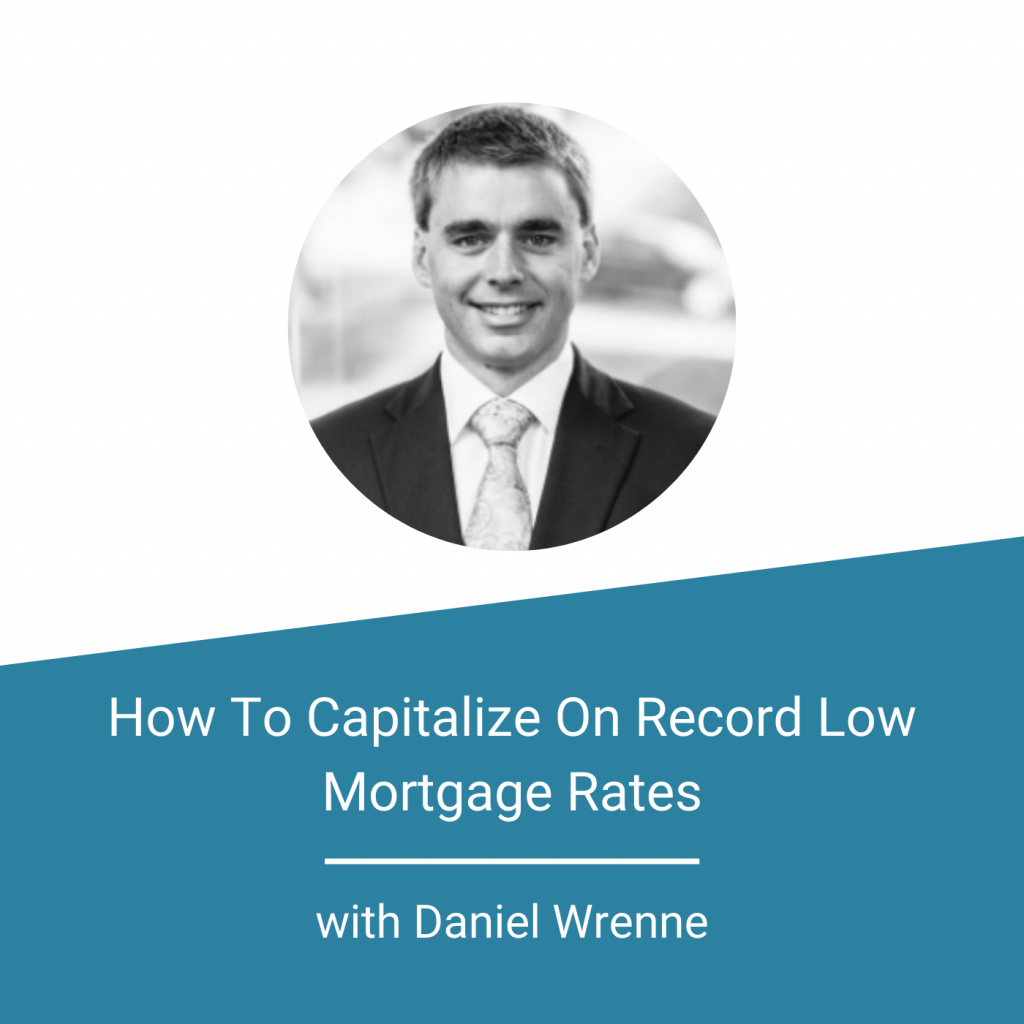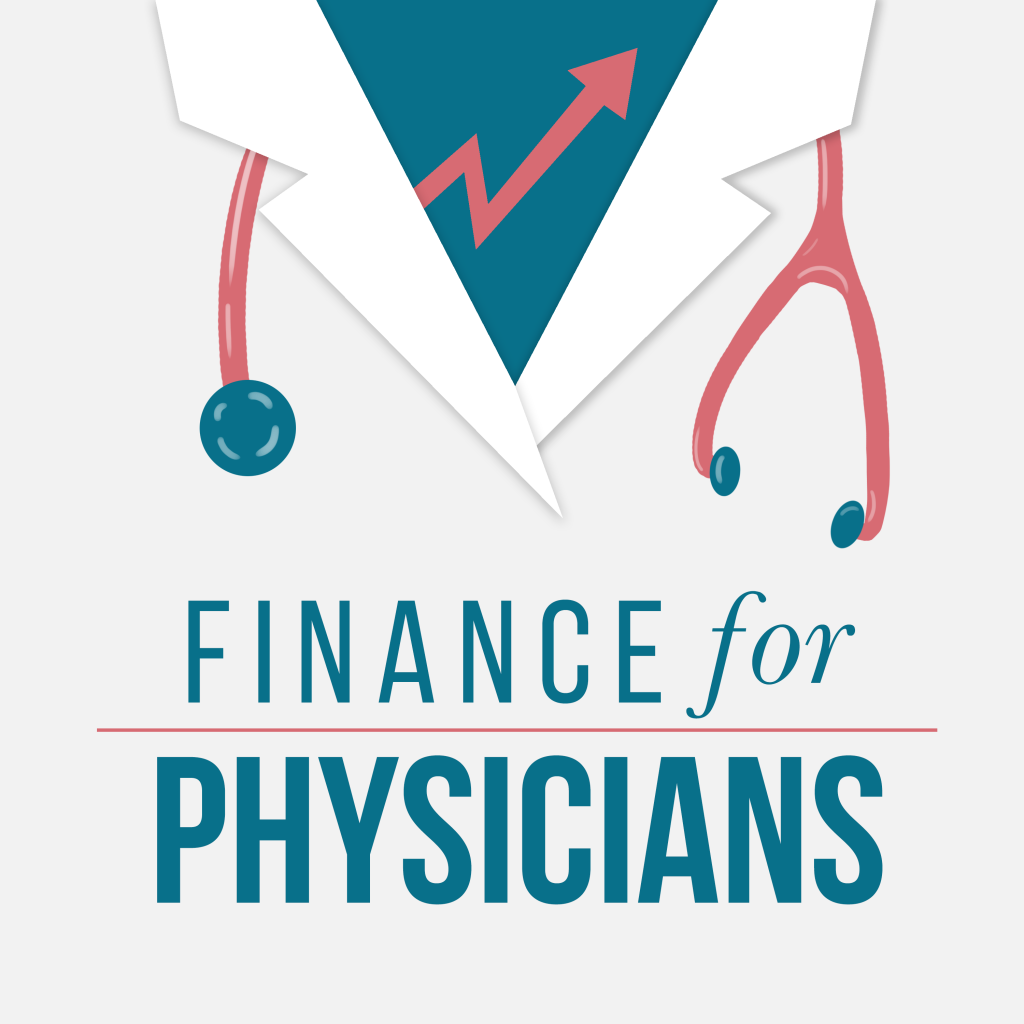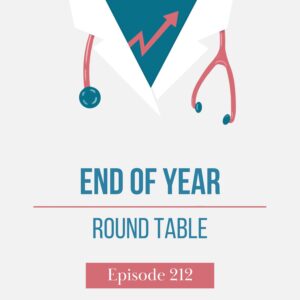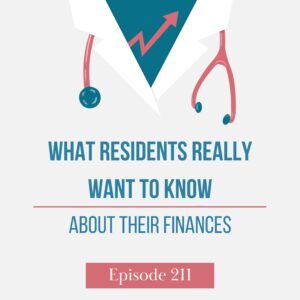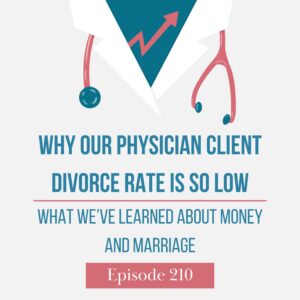Now that interest rates are as low as they’ve ever been, mortgage refinancing is extremely popular. But it’s also a confusing process. Do you know how to figure out when refinancing makes sense? What are the right rules to follow when refinancing your mortgage?
In this episode of the Finance For Physicians Podcast, Daniel Wrenne talks about how physicians can capitalize on record low mortgage rates. Compare and analyze all mortgage options that incorporate closing costs and other complexities. The decision to refinance is not so clear cut and straightforward.
Topics Discussed:
Why refinance? New loan costs + closing costs > existing loan costs
- What? Find and set up a new mortgage to pay off old, existing mortgage
- How? Depends on the specifics of the deal
- What drives mortgage interest rates? Market or economic factors:
- 10-year treasury rate
- Supply and demand
- Credit score
- Percentage of home equity
- Debt-to-income ratios
- Loan payoff term
- Loan size
- What is the true cost of the loan? Add closing costs, interest and sometimes PMI
- Break-Even Point: When interest rate savings equal closing costs
- Long-term Costs: What’s the cross-benefit of keeping and paying fees?
- Amortization Schedule: Run numbers using calculator for current/potential loan
- Other Considerations: Compare rates, different lenders, and loan estimates
Links:
Historical 30-Year Mortgage Rates
Mortgage Amortization Calculator



